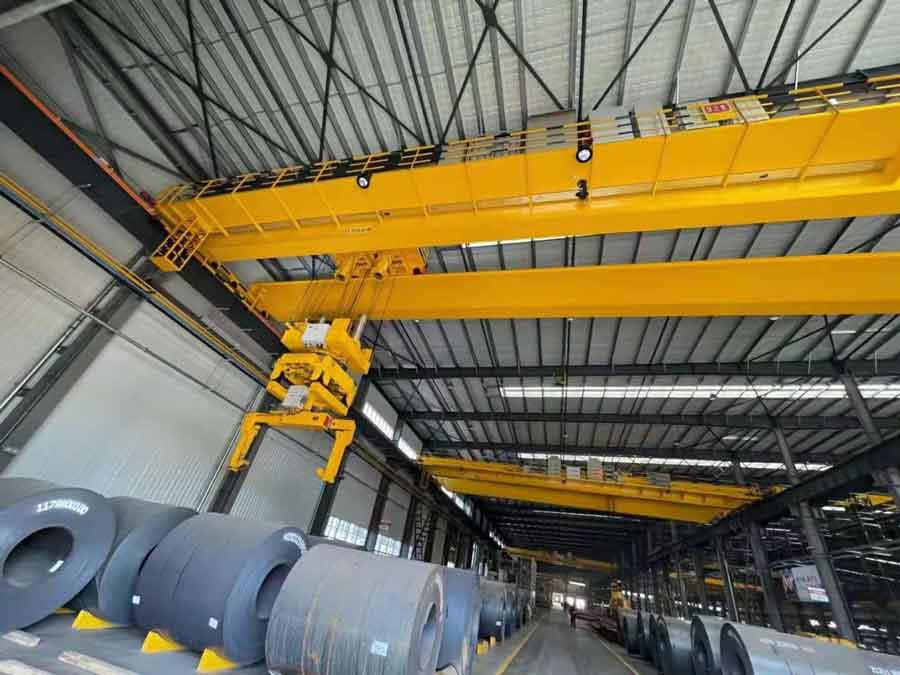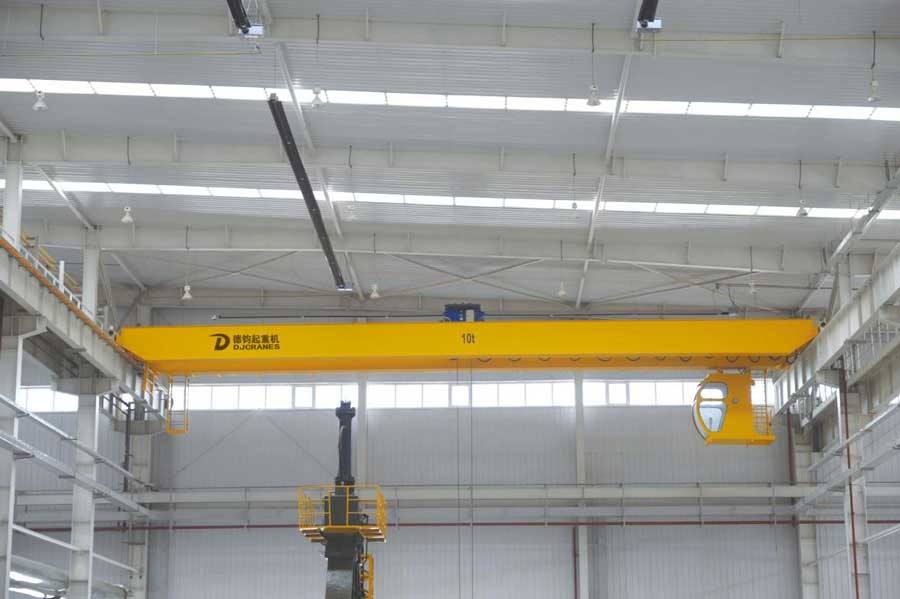For large lifting equipment, such as overhead cranes, the success of welding mainly depends on the correct guidance. There are many aspects to be checked for judging how to weld overhead cranes.
Welding process factors that affect the tensile strength and bending properties of welded joints include welding method, type of base metal, number of welding electrodes, type of shielding gas, etc. If these factors change, the entire overhead crane has to re-evaluate the welding process. For the welding standards of overhead cranes, there must be correct specification guidance to avoid detours. So, the functions of overhead cranes can play a more prominent role without affecting the use of equipment.

Overhead cranes are hoisting equipment, which is placed horizontally over workshops, warehouses, and material yards for material hoisting. Its two ends sit on tall concrete pillars or metal support, shaped like a bridge. Overhead cranes are used widely in engineering and production, but many problems will occur during use.
During the maintenance process, the welding deformation of the overhead crane is found, and the control of the deformation has become an urgent problem to be solved. Because the cross-sectional shape of the overhead crane is a typical box-girder structure, it has many welds, complex structures, and large welding stress and deformation. If a reasonable design and construction process plan is not adopted, deformation will occur during the welding process, which will seriously affect the welding quality, and even cause the structure to be unable to be installed and used correctly.

The important thing to control welding deformation is to fully understand the causes of deformation, which is conducive to taking appropriate measures according to the specific situation, to reduce the degree of welding deformation to a small value. So that the structure can be used correctly and reasonably, and the bridge can be better improved. Various performances of bridge cranes can provide a guarantee for better construction.
In general, the main reason for welding deformation of bridge cranes is caused by uneven heat input. The size of heat input is closely related to the welding material and structure. Material and structure factors jointly affect the metal movement around the heat source, which is simultaneously affected by internal and external binding force, resulting in stress deformation of welding materials.
Welding deformation mainly includes shrinkage deformation (longitudinal shrinkage and lateral shrinkage), bending deformation, angular deformation, wave deformation, twisting deformation, and other types.
In the welding process, these problems can occur due to many reasons, such as: the size of the welding seam is not accurate enough, the number of welding seams does not meet the predetermined standard, there is a large error between the welding position and the design position, the thermophysical properties of the welding materials are not strong, the construction process is not conducive to achieving a good welding state, the selection of welding parameters, etc. Each specific link must be carefully grasped to achieve the desired effect.
To prevent the occurrence of the above-mentioned risk factors, the main thing is to effectively implement relevant standards and norms, establish and strictly implement rules and regulations, implement regular inspections, attach great importance to the manufacturing, installation, and use units, and add the high sense of responsibility and responsibility of the employees of the manufacturing, installation, and use units. Safety awareness, all accidents that can be avoided or reduced.
If you have any inquries, please feel free to contact us.